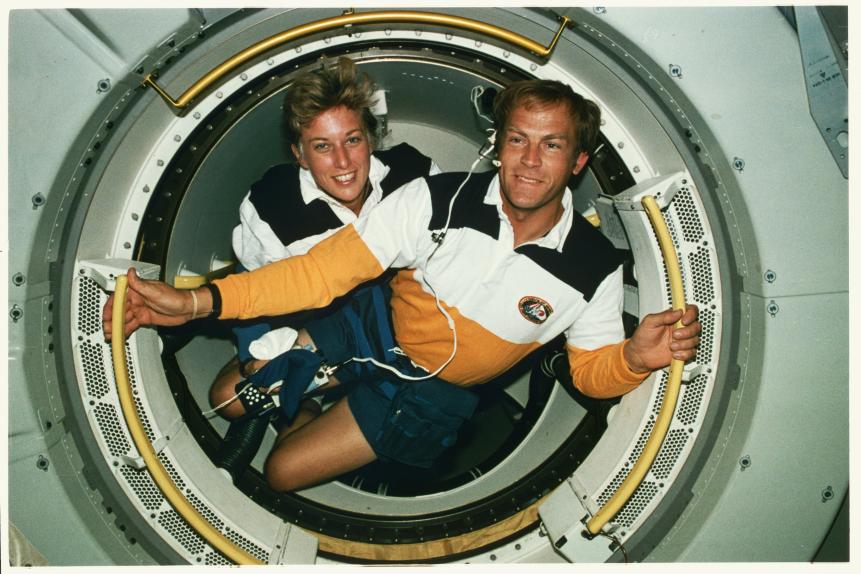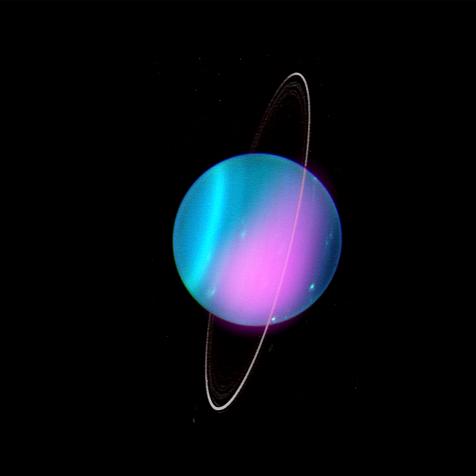
Tim Robberts
It’s Time to Study Space Sexology
Scientists say the time has come to study sex in space if humanity will ever stand a chance at surviving on other planets.
If humans want to move to Mars, like Elon Musk hopes to do by 2050, a growing number of scientists argue that studying reproductive health in space is essential to humanity’s survival.
While frog eggs have been artificially inseminated in space, “no research has explored intimate relationships, nor the human experience of sexual functions and wellbeing, in space,” said Simon Dubé, a psychologist from Concordia University.
After shying away from the subject for years, experts think NASA is opening up to the idea of studying space sexology. “We are primarily concerned with ensuring crew members’ health and safety in space for long periods of time,” a representative from NASA said. “Should a future need for more in-depth study on reproductive health in space be identified, NASA would take the appropriate steps.”

Pool
SpaceX owner and Tesla CEO Elon Musk wants to send 1 million people to Mars by 2050.
But proponents of space sexology, argue the time to study extraterrestrial intimacy is now. “Rocket science may take us to outer space,” write the authors of Love and Rockets. “But it will be human relationships that determine if we thrive as a spacefaring civilization.”
Space travel could impact reproduction in a number of ways– namely radiation. Astronauts’ bodies are subject to a lot more radiation than the average person on earth (we earthlings are protected from 99% of this radiation by our planets’ atmosphere and magnetic field). Radiation can damage DNA causing cancer or genetic mutations that can be passed down to offspring.
“If you look at the list of organs sensitive to radiation damage, the gonads, the ovaries and testes, are always in the top two or three,” said Joseph Tash, a professor who studies animal reproduction in space.
The second source of reproductive danger to humans in space is less understood– microgravity. While the lack of gravity in space allows astronauts to do somersaults in the air and play zero-gravity baseball, it also affects their biology. It’s well known that astronauts lose muscle mass in space, but what about the effects of microgravity that haven’t been studied?
In 2010 and 2011, researchers took mice to the International Space Station. Some of the female mice stopped ovulating, and others lost their corpus luteum. Without it, a mammal could get pregnant, but the pregnancy would be unlikely to stick.

NASA
Jan Davis and Mark Lee, the first married couple in space, aboard the shuttle Endeavor.
So why hasn’t NASA studied sex in space?
Emphasizing that she was not speaking on behalf of NASA, Virginia Wotring, professor at Baylor University’s Center for Space Medicine, said, “It’s never been one of NASA’s missions to colonize. Yet. The way the budgets are constrained, you can’t afford to do research on something you don’t need. There’s all kinds of things we should do before a long-duration kind of mission, but [we] haven’t, because we haven’t needed it.”
Intergalactic sexual function isn’t the only biological question that remains unanswered. If a human trip to Mars is in our future, researchers will need more data to understand the effects of long-term space travel, or even residency, on the human body.


















